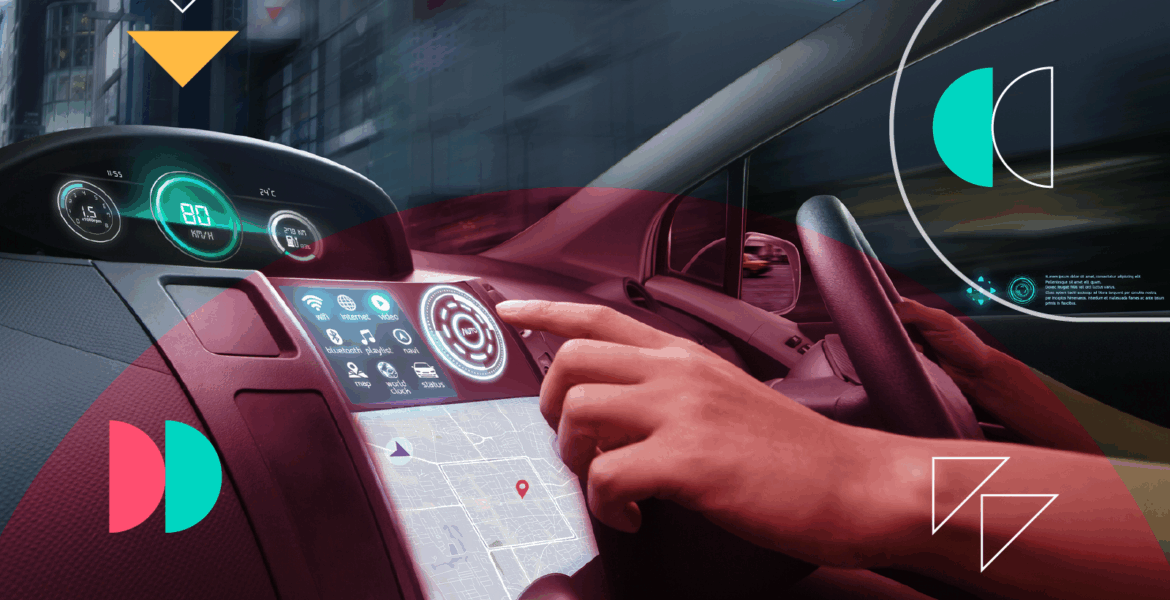By Henner Blömer, Global VP, Auto at Teads
Trade uncertainty has become a constant for automakers, from U.S.–China disputes, to the latest UK–U.S. export cap, the ripple effects extend far beyond the factory floor. As pressure mounts, auto brands re-evaluate advertising spend and shifting strategy — redirecting investment toward top-of-funnel awareness for launch and bottom-of-funnel for conversion while increasingly overlooking a crucial part of the buyer journey: the consideration phase.
The new auto consumer
Today’s auto consumer doesn’t think like yesterday’s. They prioritize in-car tech, design, connectivity, and sustainability — sometimes even over traditional values like performance or brand heritage. Challenger brands, from rising Chinese players to Lucid and Rivian, are delivering quality products with fresh thinking and a clear value proposition that’s tapping into the consumer mindset. Meanwhile, consideration for legacy car brands is slowly starting to fade as traditional strengths no longer guarantee a place on the modern buyer’s shortlist.
Awareness starts the journey, but consideration wins it
The auto industry has long relied on high-impact brand campaigns to spark awareness and drive momentum around launches. That early attention is critical, it puts brands on consumers’ radar and gets models into the initial consideration set. But here’s the problem: once the noise fades, too many brands go quiet. And that silence is risky.
As consumers navigate the car buying process, their shortlist narrows fast. By the time they’re ready to arrange a test drive, more than half have already narrowed their options down to just two brands. If you’re not present during this phase — reminding buyers of your value, features, and advantages — you risk getting cut before the real decision is even made.
Legacy brands must respond with consistency. A short-term campaign isn’t enough to stay relevant throughout the decision journey. What’s needed is an always-on approach that keeps brands present as buyers move from casual browsing to active shopping.
The dual engine strategy auto marketers need
With every marketing dollar under the microscope, it’s easy for auto brands to default to short-term, lower-funnel tactics. But ignoring mid-funnel and constant brand presence means missing the chance to build sustainable demand. The most forward-thinking marketers are finding ways to connect emotional brand-building – aimed at awareness and consideration for near-market audiences – with the precision of performance media that reaches in-market shoppers ready to buy.
It’s a philosophy embraced by Mercedes-Benz. As U.S. CMO Melody Lee put it, “We have to burnish the star… or keep the star shining brightly as much as we have to sell cars to keep the brand alive.”
Powered by omnichannel strategies, attention metrics, and AI-powered predictive media, this approach helps brands engage buyers more meaningfully at every stage of the journey. And it works: campaigns that combine branding and performance generate a 90% median lift in revenue ROI.
Driven by the open internet
Auto buyers aren’t just scrolling; they’re searching, comparing, and deciding. And some of the most influential moments in that journey increasingly happen beyond the walled gardens. While closed ecosystems grow more expensive and unpredictable, the open internet is where consideration truly comes to life.
With four of six key engagement points happening on the open internet, it’s where influence turns into intent. For auto marketers, this becomes the space to build relevance, earn attention, and stay top of mind as buyers narrow their choices. The brands that show up consistently across this journey won’t just be seen — they’ll be selected.








